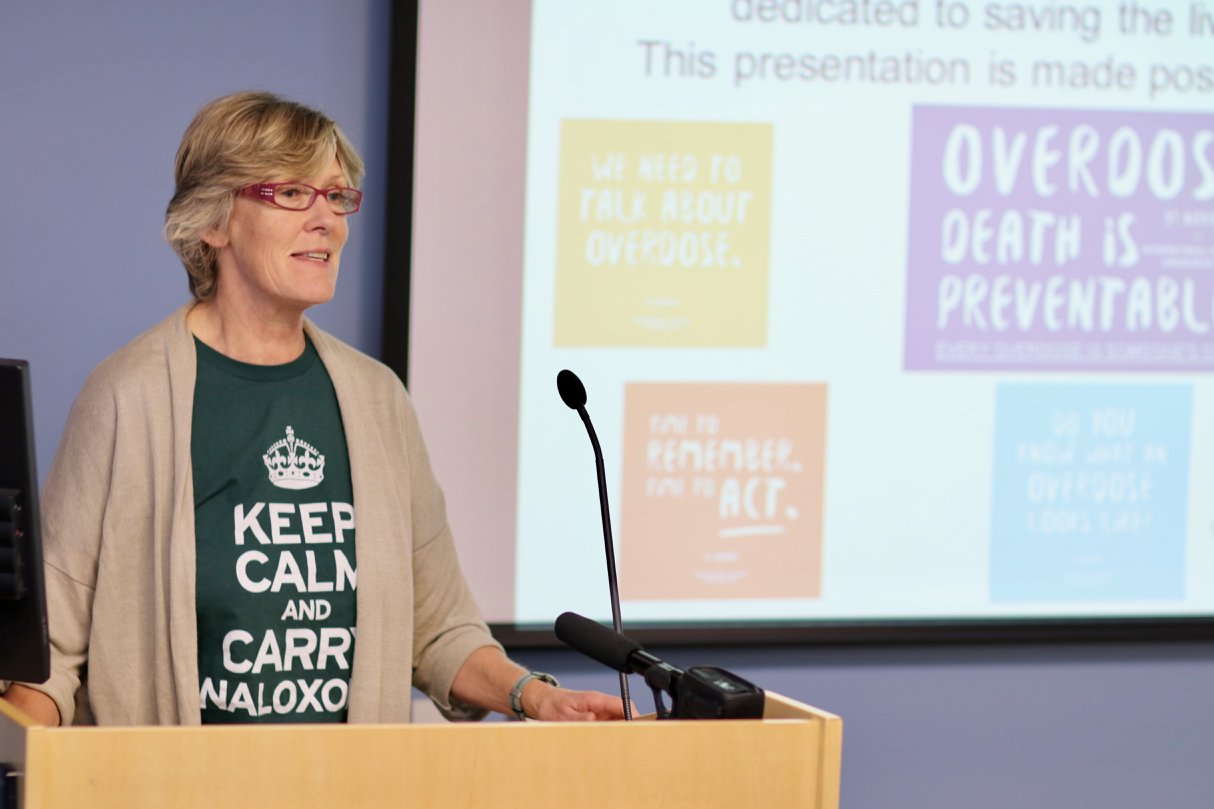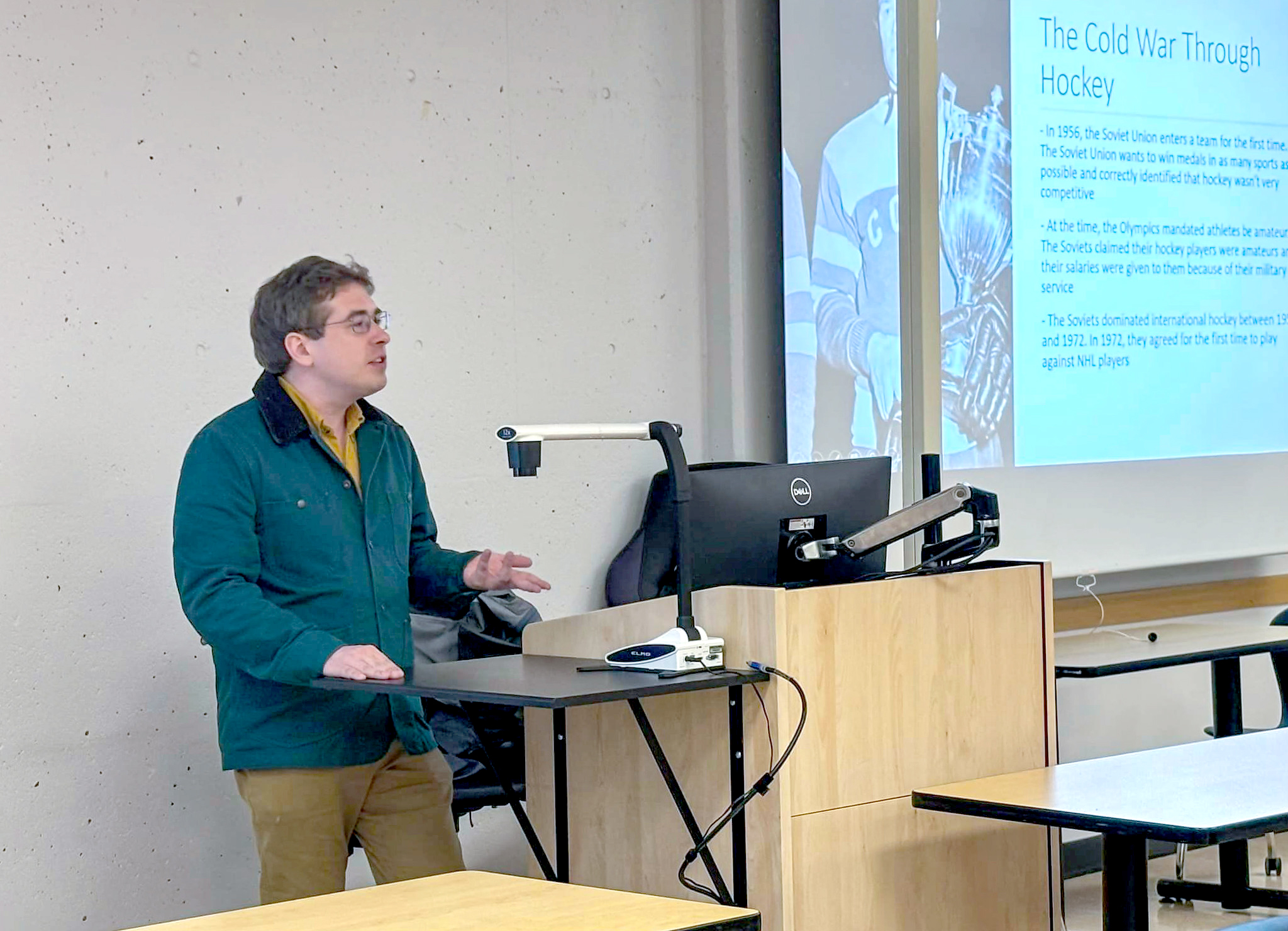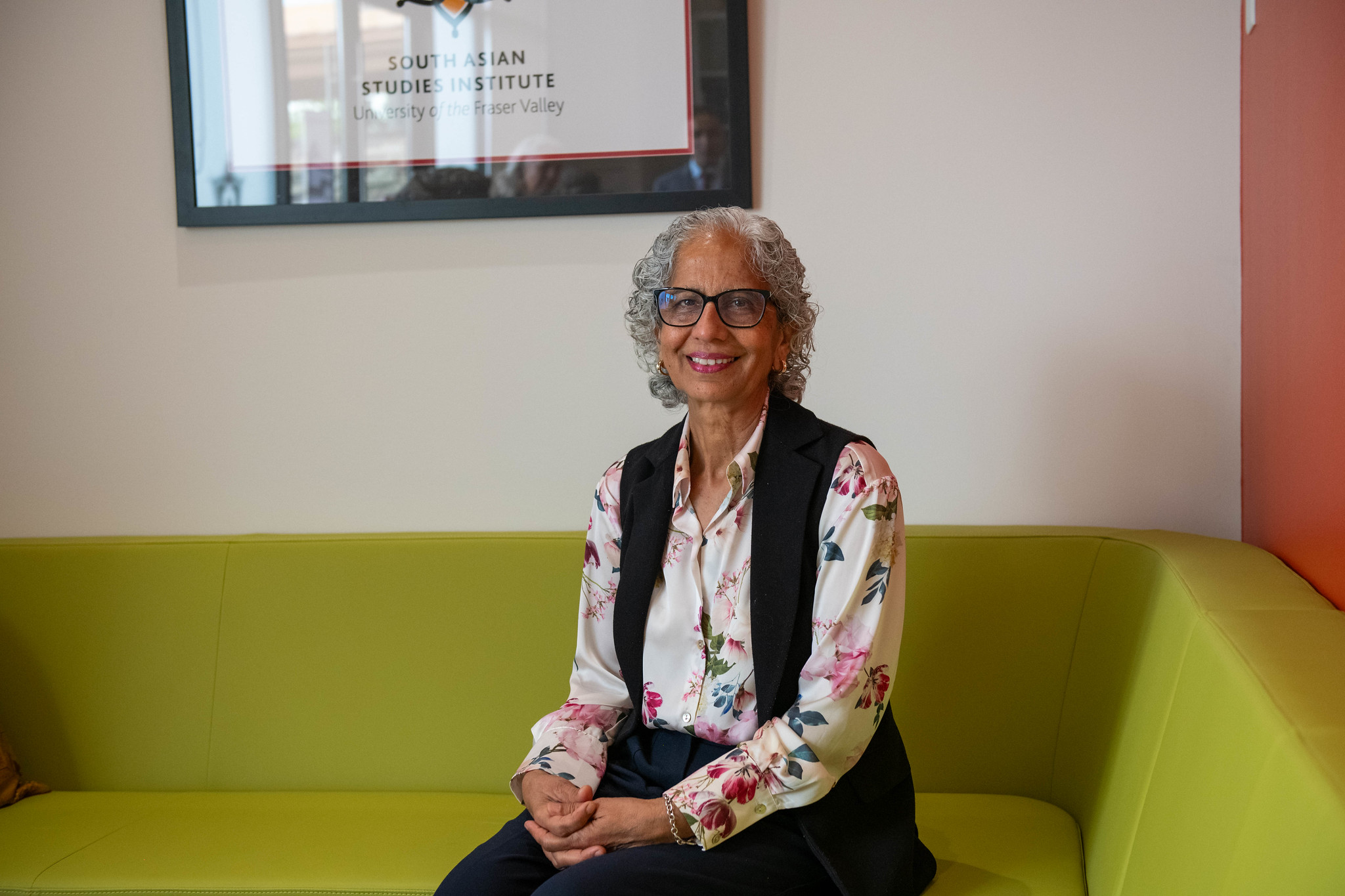Honorary degree 2025 — Jane Buxton paved the way for safer streets across British Columbia
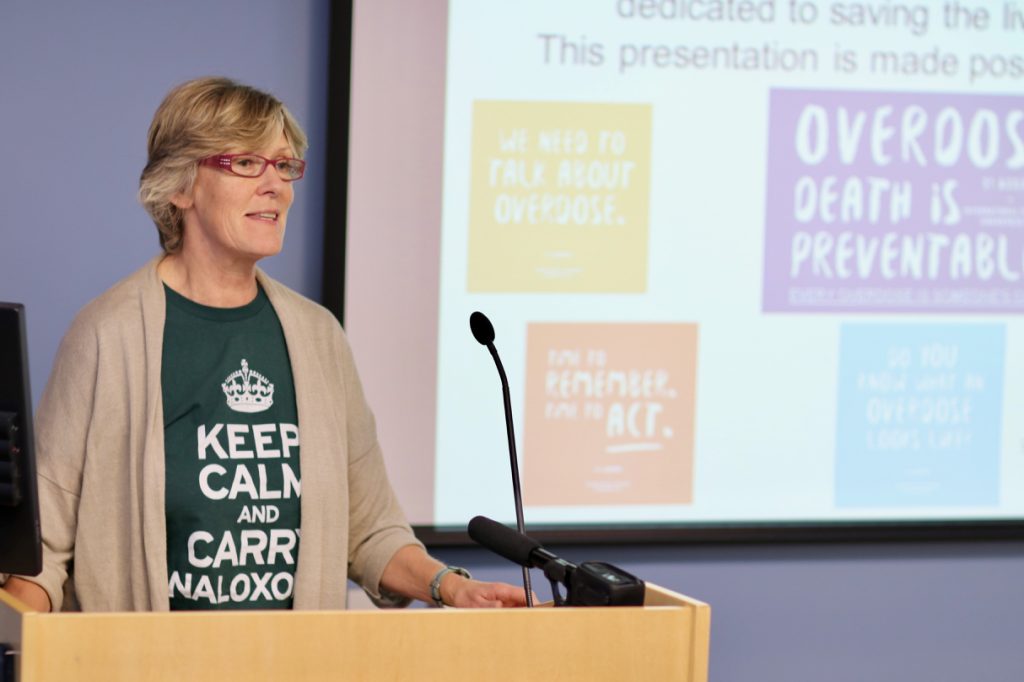 Finding your direction at the start of your career is challenging. You might know what field interests you, but it can take time to find your true niche.
Finding your direction at the start of your career is challenging. You might know what field interests you, but it can take time to find your true niche.
It was during her medical residency training in Vancouver that Dr. Jane Buxton she discovered her passion for public health.
And that opportunity proved to be a turning point. She went on to a lengthy career as a leader in public health in British Columbia.
In recognition of her leadership and accomplishments in this field, the University of the Fraser Valley will present Jane with an honorary Doctor of Laws degree at its June 12 morning Convocation ceremony at 9:30 am.
During her residency, Jane entered the Health Canada field epidemiology training program and was placed at the BC Centre for Disease Control (BCCDC) and Vancouver Coastal Health. It was there she discovered the world of communicable disease outbreaks, which in turn led her to the downtown eastside of Vancouver, where she became involved in immunization blitzes to vaccinate people against illnesses such as influenza, pneumonia, and hepatitis A and B.
“As a trainee, I got to talk in-depth to people who used substances and hear their stories. It made me realise the importance of listening to the perspectives of those who are affected by an issue.”
That was 25 years ago, when the major concerns on the street were the AIDS epidemic and overdose.
At that time, Jane helped to develop policies for Insite, the first legal supervised consumption site in North America, established to address these concerns. Between 2000 and 2010, there were less than 250 overdose deaths in BC each year; by 2016, the deaths had quadrupled, and in 2021 that number had jumped to more than 2,000. The reason? Fentanyl, a very toxic opioid that flooded the unregulated drug market, killing people.
Like oxycontin before it, fentanyl has a legitimate use for pain control within the healthcare sector but is now widely present in the illicit drug market.
It’s the unknown content and unpredictable dosage of the product that causes the problem, says Jane. From 2012 on, she and her colleagues started seeing more and more fentanyl on the street. And she knew something had to be done.
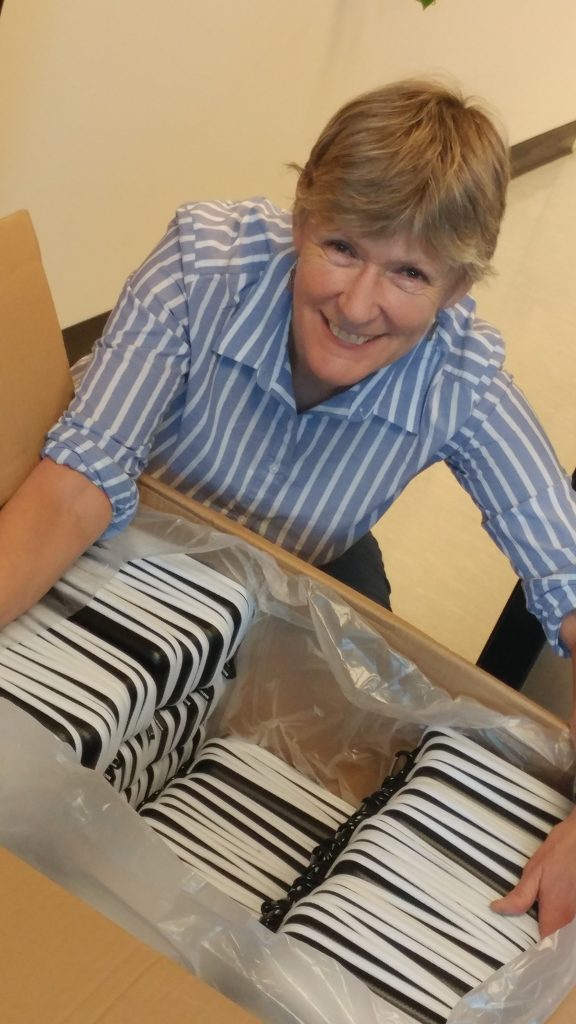 She and others worked together to implement the introduction of naloxone, the effective antidote to a fentanyl overdose.
She and others worked together to implement the introduction of naloxone, the effective antidote to a fentanyl overdose.
“People from the Vancouver Area Network of Drug Users came to me to advocate for a program, and so we contacted agencies in the US and in Edmonton, where naloxone programs had been established. They kindly shared their resources and helped us figure out how to set it up. We worked with the BC colleges of nurses, pharmacists, and physicians and surgeons to understand the regulations and everyone agreed on a plan.”
Initially, naloxone was only available by prescription, but as overdoses and deaths increased across the country, the policy changed which allows for easier distribution.
“Today, anyone who may witness an overdose can get a kit,” Jane notes. “They need to know how to recognize and respond to an overdose, including how to administer naloxone.”
In 2024, half a million kits were delivered across the province; while the BCCDC doesn’t have a firm figure on how many of those were used, Jane knows a high proportion of them are.
“One of the things I’ve really appreciated was how people are willing to collaborate,” she says. “In 2011, an alert was sent out saying there was an increase in overdose deaths in the Lower Mainland. Most people assumed it was in the downtown eastside; but it was in the Fraser region.
“In response, I set up a group called the Drug Overdose and Alert Partnership (DOAP) with representatives from the coroner’s office, law enforcement, health care, ambulance services and people who use drugs. Together we share, compile and interpret data, making the information available to all partners, so ensuring we have consistent messaging.”
The DOAP found that fentanyl is not simply an urban or Downtown Eastside problem. In fact, Jane says, “the highest rates for overdose deaths are in the Northern Health region and the risk of overdose is six to seven times higher in Indigenous peoples than non-indigenous people in British Columbia. Also, men are overrepresented and most deaths occur when people use alone.”
Jane retired a few years ago from her position at BCCDC but still supervises three PhD students and gives invited talks. She says she’s delighted with the new generation of frontline workers.
“Students are inspiring. To see their passion and excitement as they learn — it has been a real privilege to be a part of their learning journey.”


